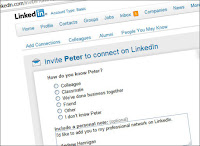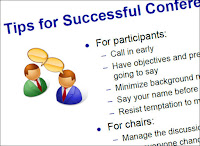How to Separate Work and Private Networking

One of the questions that I often hear in networking workshops is how to separate private and work networks. This is a problem for anyone but especially for those who are transitioning from study to work and need to add a layer of professional networking on top of their existing friends-and-family networking. Whatever your situation here are five answers to the question.. 1 . THERE ISN'T A SINGLE ANSWER TO THIS QUESTION -- there are many different ways of doing it -- but you have to choose some kind of answer. The worst thing to do is just to let things happen because then it is usually bad things that happen. Worse still, things can happen and you are not even aware of it because something you say to one person puts off someone else and they never mention it. 2. IF YOU CHOOSE SEPARATE NETWORKS DO IT RIGHT. One solution is to keep Facebook for friends and family and LinkedIn for work. This sounds simple enough though in practice you need to be ...








